Northern Inuit dog: what does it look like and how to care for it?
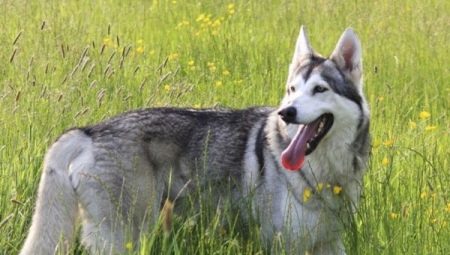
The Northern Inuit dog is a unique pet. It amazingly combines the stern look of a wild wolf with the dedication of a friendly companion. The breed has not yet been officially recognized, but this does not prevent charming beauties from gaining popularity among dog breeders all over the world. Let's consider the features of the Inuit in more detail.
Origin story
The breed has no interesting history of origin. This is just a hybrid bred in Canada at the end of the 19th century. The breeders decided to create a dog that looks like a wolf as much as possible. At the same time, aggressiveness was not assumed. On the contrary, the representatives of the new breed were supposed to become affectionate and benevolent.
The experiment involved German shepherds, huskies, Alaskan malamutes. Also this excellent gene pool was supplemented by the native Inuit dog. It was her external features that determined the similarity with the wild inhabitant of the forests.
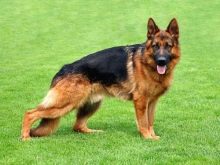
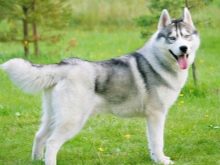
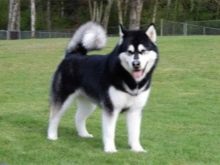
The result exceeded all expectations. The pets turned out to be strong, smart, with an agreeable character and intelligent behavior. All this was complemented by a spectacular brutal appearance, which bears a striking resemblance to a wolf.
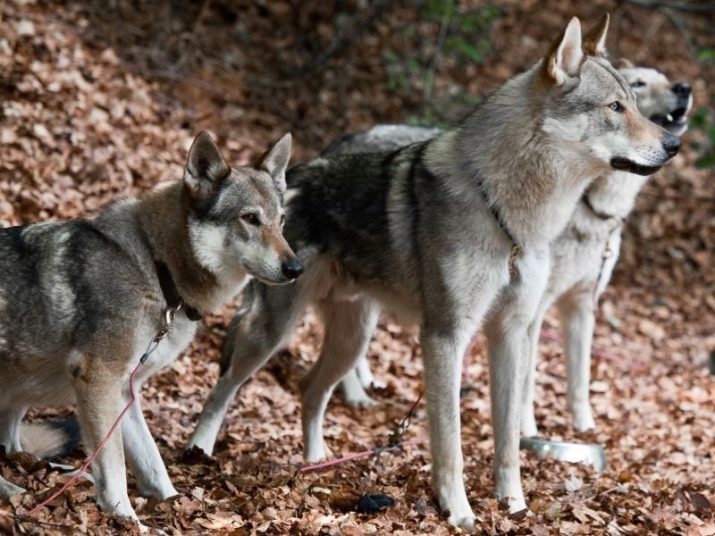
Nevertheless the new breed did not receive support from dog handlers. The point is that creating hybrids is discouraged. In addition, the situation is aggravated by the participation of outbred aboriginal individuals in crossing. That's why experts do not risk giving guarantees of the mental stability of the hybrids.
To date, the Northern Inuit dog is not officially registered and has no approved standards. However, this did not stop fans of "domestic wolves" from founding a club in the UK dedicated to this species.The organization seeks to increase the popularity of the breed, to increase the number of its representatives.
Perhaps in the future, the Inuit will be recognized at least as an experimental breed.
It is worth noting that there is another theory of the emergence of wolf-like hybrids. Some believe that the native people of Canada wanted to breed working dogs. They needed strong, hardy, unpretentious pets. At the same time, they had to obey man and not show aggression towards other animals. According to this version, people crossed mongrel dogs with wolves. However, genetic research completely refutes this fantasy. It is proved that Northern Inuit dogs do not have wolf genes.
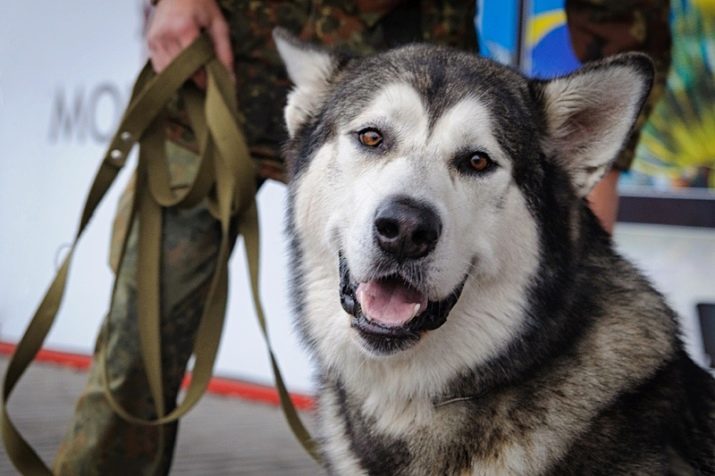
Description
Despite the lack of a breed standard, some common features can be identified that are characteristic of individuals of this species. Animals are large in size. In height, they reach 60 to 75 cm. The weight of adult dogs varies from 25 to 50 kg. The males are, of course, larger and more capricious. Girls are more fragile and calm. Outwardly, dogs are very similar to wolves.
- Head... The skull is medium in size, wedge-shaped. The muzzle is narrow, elongated. The nose is usually black. The jaws are strong, the bite is "scissors". The lips are dark pigmented. The eyes are almond-shaped, beautiful. The color varies (there are individuals with amber-yellow, hazel, blue eyes). The ears are large, erect, in the shape of a triangle.
- Frame. The physique is harmonious, proportional. The neck is long and muscular. The back is straight, with a pronounced withers. The belly is tucked up.
- Extremities. Legs are long, strong, straight. Stand parallel to each other.
- Tail straight, well pubescent, hanging freely. In moments of excitement, it can rise and take on the shape of a saber. A tail curled in a half ring or a donut is not allowed.
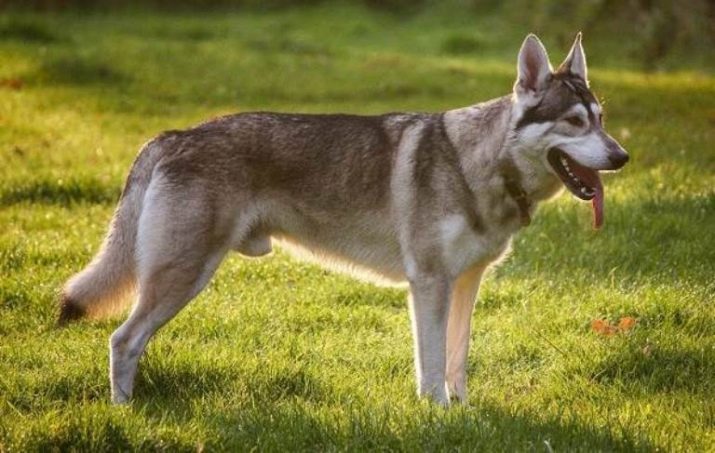
The coat of the Inuit is harsh, double (there is an undercoat). Such a "fur coat" reliably protects animals from cold and wind, moisture. The hairs are of medium length. The hair on the neck, legs and tail is slightly longer.
The most popular is the "wolf" color... Also, until recently, a peculiar color "mask" on the face, typical for wild animals, was considered a sign of the breed. However, today other color variations are allowed, which are no less spectacular.
Dogs of this breed are snow-white, black, as well as two- and three-color. In addition to white and black, the color can combine beige, red, gray, brown tones. The transition between shades is always smooth and beautiful.
Contrasting spots are not allowed.
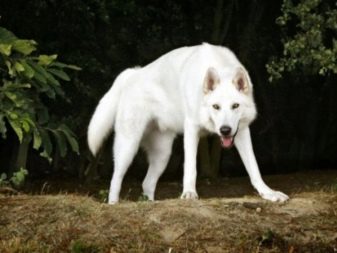



Character
As already mentioned, there is no aggression in the nature of the Inuit. They are sociable, kind and affectionate dogs. Animals love children though leaving a pet alone with a small child is not worth it. The fact is that the representatives of this breed are quite large and active. Having fun, the dog can accidentally drop the baby.

Inuit are very sociable. They quickly become attached to their owners, and with their long absence they get bored and worried. Therefore, if you often leave for work or just love to travel, you should not choose such a pet as a friend.
To strangers "house wolves" are friendly. It is possible to make a stern guard and watchman out of such a dog only with proper training.
Despite their good nature and gentle nature, Inuit can be called proud and stubborn. They often strive for leadership. Therefore, it is important for the dog owner to immediately make it clear who is the "leader" in the family. Only by gaining respect and authority can you successfully educate and train your pet.
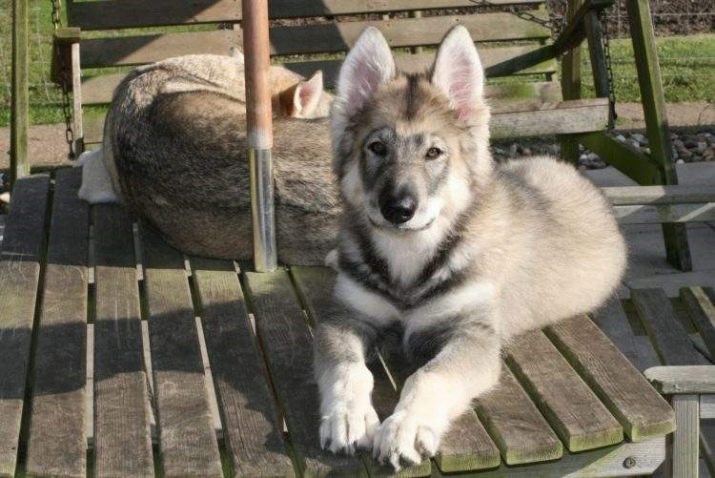
The tendency to dominate can be manifested in the dog and in relation to other animals. Therefore, experts do not advise to have an Inuit with other dogs or cats in order to avoid conflict situations.
Most owners speak of the breed as intelligent, loyal, sensitive companions. However, you need to understand that hybrids are unpredictable... Therefore, the character of each individual may have its own individual traits.
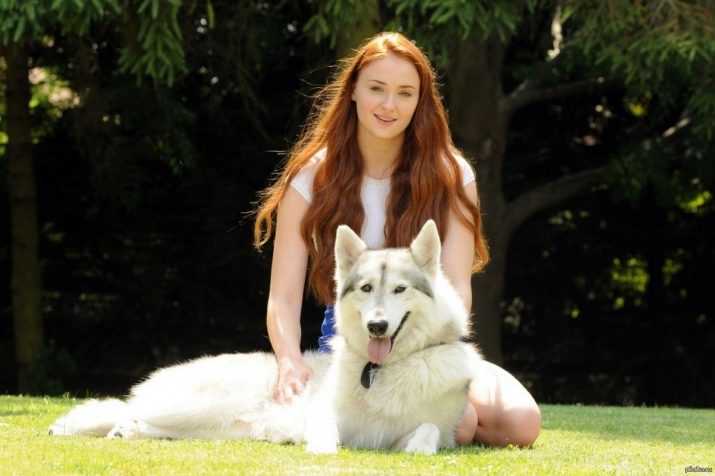
Features of the content
Living in a private home with spacious grounds is great for an Inuit dog. Animals are very mobile, they need a place to play, run. It is only important to create a high fence so that the dog cannot escape. It is also worth considering that such pets have a tendency to dig holes, so they can spoil the beds and flower beds.
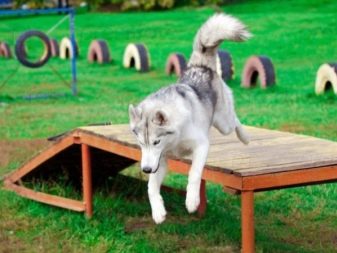
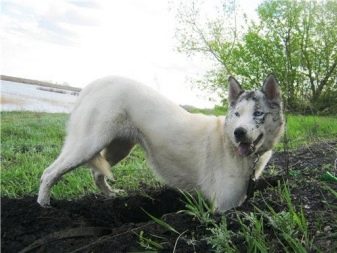
It is better to equip a sleeping place for the dog in the house, and let him out in the daytime... If the owner decided to settle the animal in an aviary, he should have a canopy that protects from the heat of the sun and precipitation. Dogs are not afraid of the cold due to their thick coat.
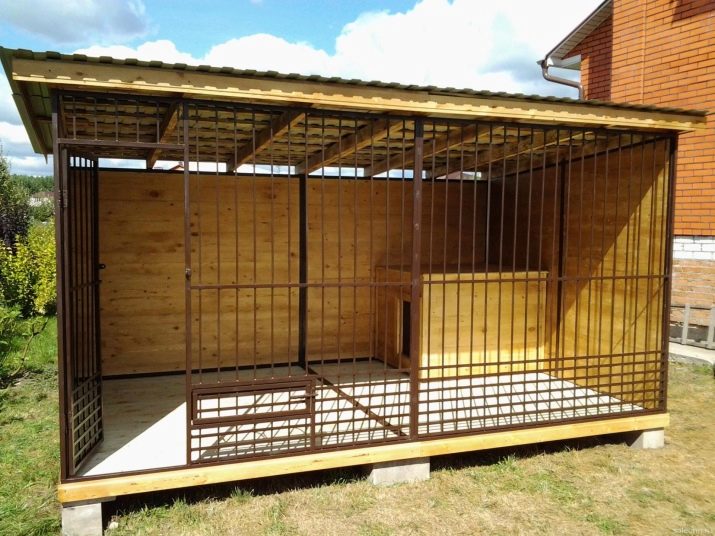
Keeping an Inuit in an apartment is not a good idea. A dog with large dimensions will be cramped in a small room, she will have to walk often and for a long time (at least an hour 2 times a day)... In addition, the neighbors are unlikely to like the noise the dog makes. Representatives of this breed do not bark for no reason, but they howl if left alone.

Anyway the dog should have a comfortable sleeping place away from noise (intuition has a very keen hearing)... It is also advisable to provide your pet with toys that you can chew on. It is imperative to have a bowl always filled with clean drinking water. And, of course, it is necessary to organize a balanced high-quality food.
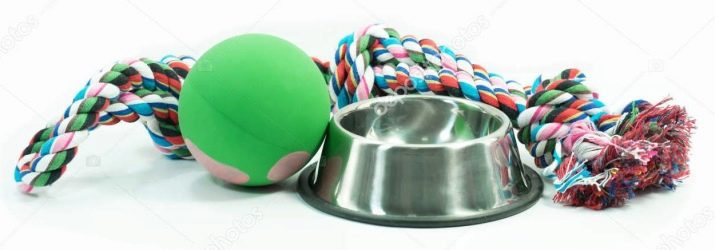
Dogs of this breed shed profusely. However, the process does not last long and happens infrequently (2 times a year). During such periods, the pet is combed daily. At other times it is enough to comb the dog twice a week. Dogs don't need a haircut... It is only necessary sometimes to cut the fur on the paws between the toes. This is usually done in the off-season and winter.
Necessary hygiene procedures include regular checking of your pet's eyes and ears. This helps prevent ENT diseases. The teeth are cleaned with a special toothpaste and brush for dogs.
It is also advisable to give the animal a dental stick, which removes tartar.
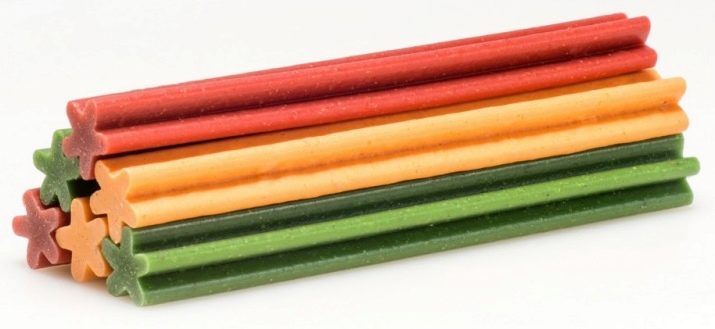
The nails should be trimmed every 3 weeks. If the dog lives on the street and the claws are grinded naturally, the procedure is carried out as needed. Frequent water treatments are not required for the dog. The animal is bathed only when it is heavily soiled. At the same time, dogs love to swim and dive with pleasure in natural reservoirs in summer.
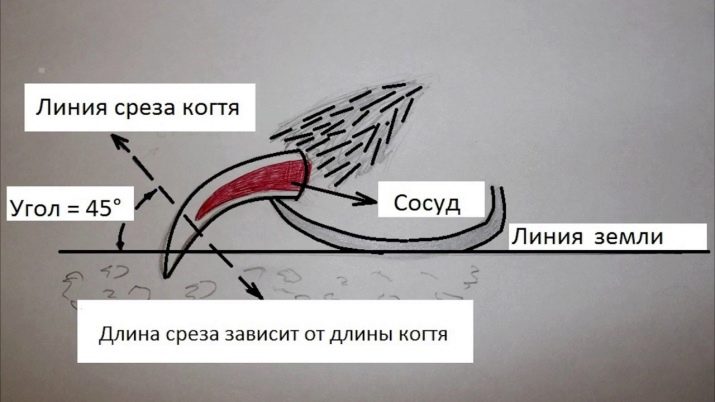
It is important to organize daily for the pet intense physical activity. This is necessary to maintain his health. The exception is the period of formation of the skeletal system. At this time, you need to take care of the joints of the animal. It is advisable to control his behavior, not to let him jump down from elevations (for example, from a sofa). The mental abilities of the dog should also be stimulated - to play with him, teach him various commands.

It is important to be vigilant when walking in the city. Having become interested in something, the dog can run away, so it is undesirable to let him off the leash. This is also related to the need for a high, thoroughly made fence around the local area.
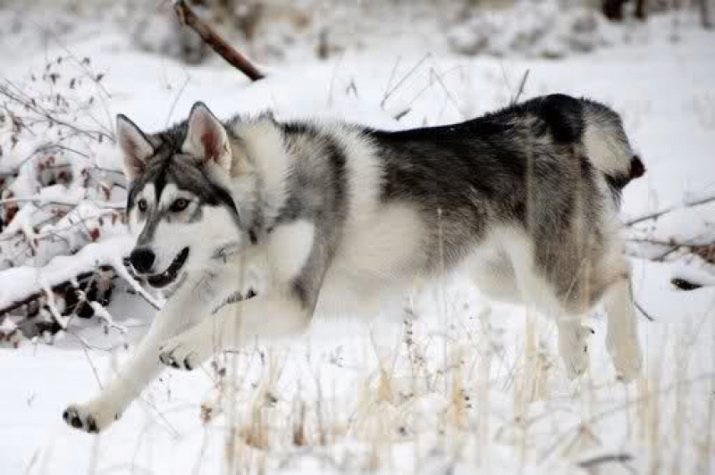
As for the health of such dogs, there are no statistics on this matter, since the individuals are not purebred. Therefore, it is important to carry out timely vaccination of the pet, periodically visit the veterinarian for a preventive examination. When receiving a puppy from a kennel, a vaccination card should be requested. Foreign organizations also provide X-rays (hybrids have joint pathologies).

What to feed?
The rapid growth and vigor of the Inuit necessitate a balanced diet. Animals should receive a lot of proteins, fiber, vitamins. Keep in mind, however, that hybrids are often allergic to certain dry foods. That's why it is important to pay attention to the quality of the product.

Elements of the natural diet can also cause undesirable reactions, such as poultry. It is best to give your dog other types of fresh meat. Also, the menu should include boiled cereals. The most useful are buckwheat, rice, corn. Do not ignore vegetables and dairy products.

The optimal calorie content and serving size are determined by the weight and age of the pet. The degree of activity of the dog also matters.
The breed's appetite is excellent. However, with low physical activity (for example, when kept in an apartment or at an old age), a too nutritious diet can lead to excessive weight gain.
Education and training
Inuit dogs are very smart. They are easy to learn, remember and perfectly execute a large number of commands. At the same time, the educational process is not easy.
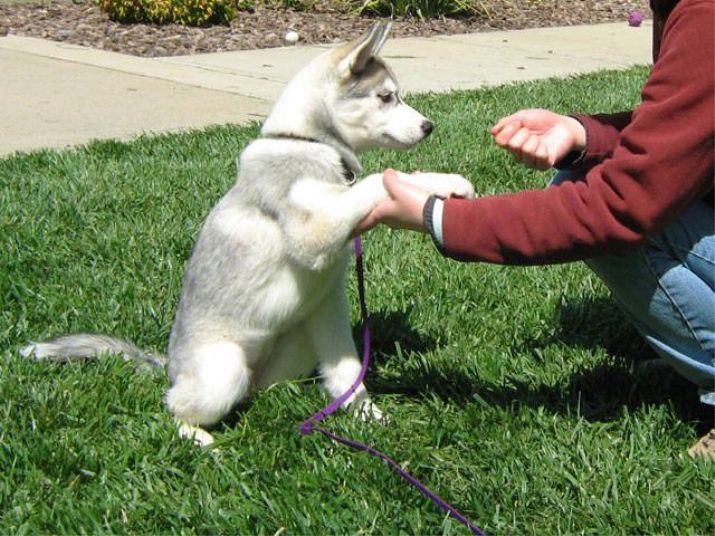
Animals do not tolerate rude calls. You cannot punish, let alone beat the dog. The pet can be stubborn and ignore commands. But this happens only because of his innate desire to dominate. Patience is important here. It is necessary to firmly, but calmly convey to the dog that he is not the main one, to establish emotional contact with him.
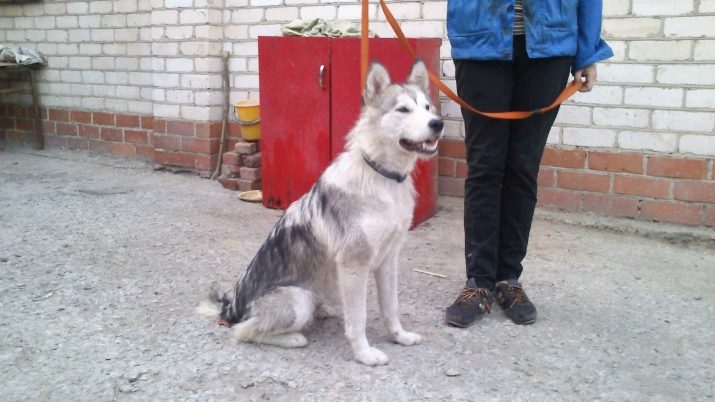
In training, one should adhere to consistency, the principles of mutual respect. The process should not be boring and monotonous. Be creative and imaginative. Be sure to praise your four-legged friend for their success. This will be the best incentive for him. As a result, you will be able not only to master basic commands, but also to learn complex tricks.
The best option is to take your dog to a kennel club. Experts will give the pet all the necessary knowledge, teach him to behave correctly, to do everything that is required of him. Trained Inuit participate in competitive sports, can search for drugs and missing people, and act as guides.

In conclusion, it should be said that The Inuit dog can be a great friend and companion for an active person with a strong character. However, for inexperienced dog breeders, raising such a wayward pet, requiring early socialization, may seem too difficult. Such people should choose an animal of a calmer and more obedient breed.
For how the northern Inuit dog behaves on a walk, see the next video.






































